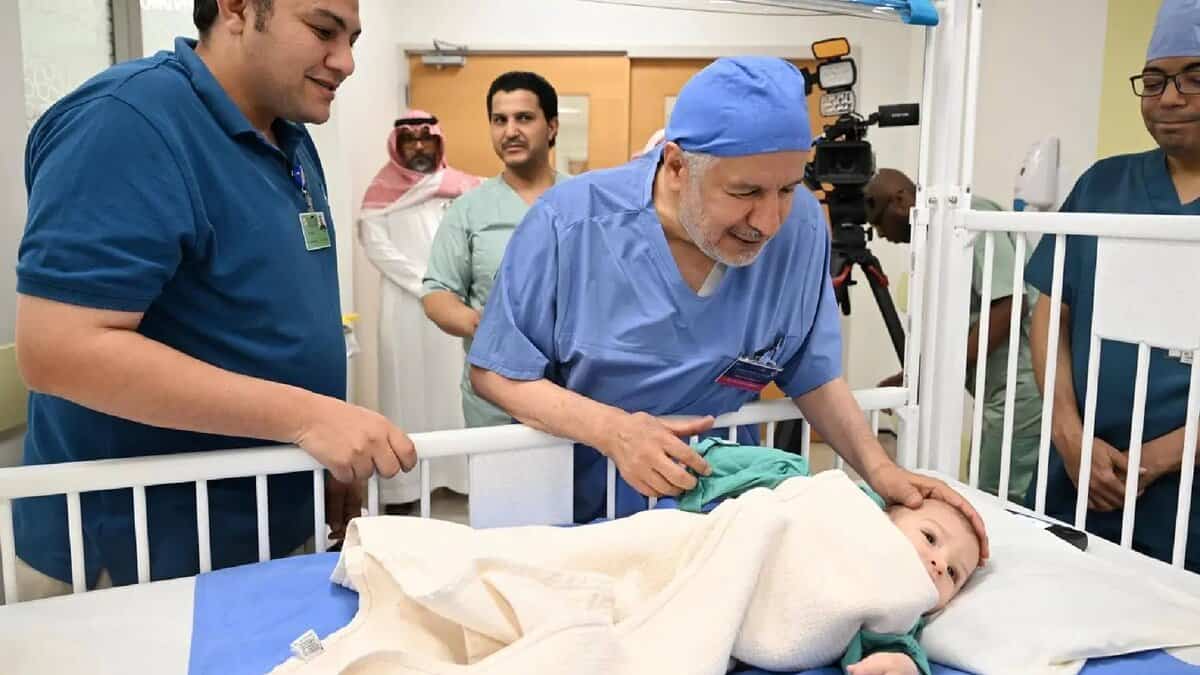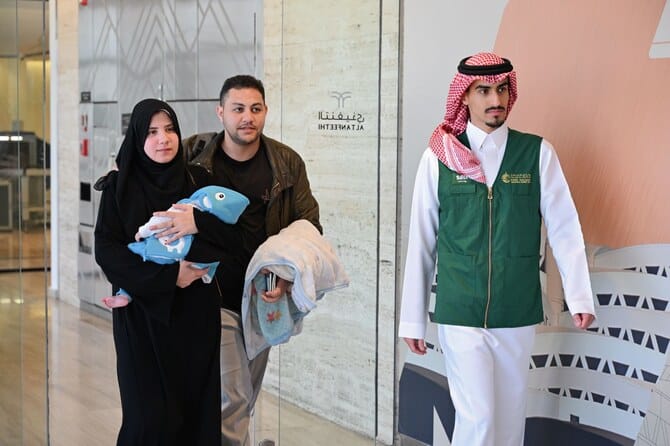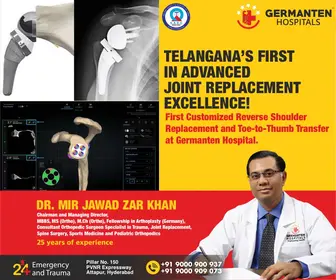
Riyadh: A team of doctors at the King Abdullah Specialist Children’s Hospital (KASCH) in Saudi Arabia’s capital Riyadh on Wednesday, May 7, started an expected 11-hour surgery to separate a Egyptian child Mohammed Abdulrahman Juma, aged seven months and 28 days, with a parasitic twin.
The parasitic twin is attached to Mohammed’s back, spanning the lower chest, abdomen, and pelvis.
A parasitic twin, also known as a vestigial twin, is an underdeveloped identical twin that fails to grow during gestation and remains physically connected to the fully formed twin. It is unable to survive independently and typically perishes in the womb or shortly after birth.
The surgery follows the directives of the Custodian of the Two Holy Mosques, King Salman bin Abdulaziz Al Saud, and is being overseen by Dr Abdullah Al-Rabeeah, the Saudi Press Agency (SPA) reported.
The procedure involves a team of 26 doctors, specialists, and nursing staff, who will work through six surgical phases to separate the twins from the lower chest and abdomen.
Dr Al-Rabeeah explained that the parasitic twin has no chance of survival due to the absence of vital organs such as the heart and head, as well as severe defects that cannot be corrected. He added that the surgery has a 70 percent success rate.
Mohammed with a parasitic twin arrived with their parents in March this year. At that time, the parents expressed deep appreciation for the support provided by the Saudi program and the care received from the leaders of the Kingdom.

This surgery marks the 60th case handled by the Saudi programme for separating conjoined twins since 1990. The programme has evaluated and studied 149 cases from 27 countries.
Editor’s Note: An earlier version of this article referred to the surgery as an “11-hour” procedure based on initial estimates. The operation was successfully completed in 8 hours. The headline has been updated for accuracy. Click here to read.



